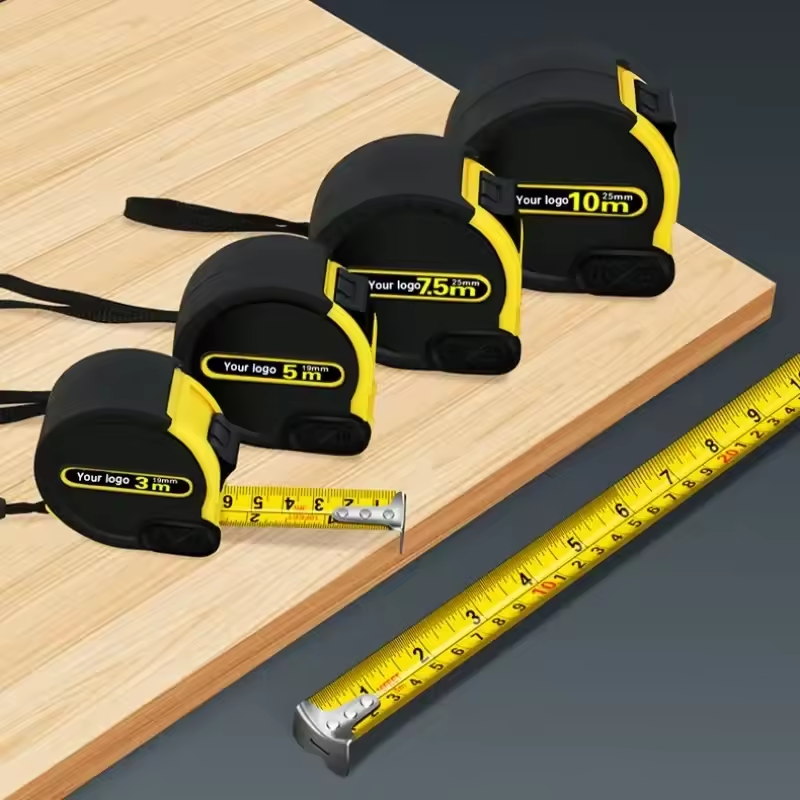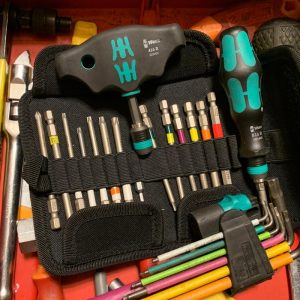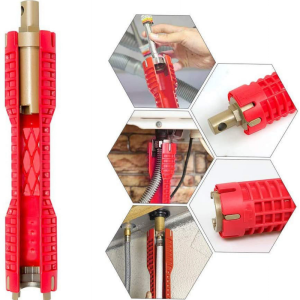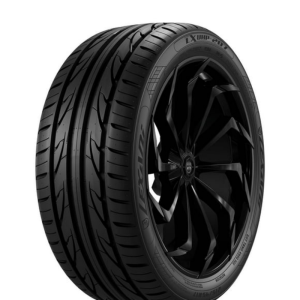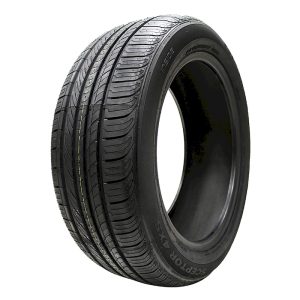
Tires are one of the most crucial components of your motorcycle, directly impacting safety, performance, and overall riding experience. Understanding how often to change tires on a motorcycle can help ensure you maintain optimal control and traction. In this guide, we’ll explore the factors affecting tire lifespan, signs that indicate it’s time for a replacement, and tips for selecting the right tires for your bike.
The Importance of Tire Maintenance
Regular tire maintenance is essential for safe riding. Tires are the only contact point between your motorcycle and the road, which means their condition affects your bike’s performance. Worn or damaged tires can lead to decreased traction, longer stopping distances, and an increased risk of accidents.
Safety First
Before diving into the specifics of tire changes, remember that safety should always be your top priority. Proper tire care can help prevent dangerous situations on the road.
Factors Affecting Tire Lifespan
Several factors influence how often you should change your motorcycle tires. Understanding these factors will help you make informed decisions about tire maintenance.
1. Riding Style
Your riding style significantly impacts tire wear. Aggressive riders who frequently accelerate hard or lean into corners may experience faster tire degradation compared to those who ride more conservatively. If you enjoy sport riding, be prepared for more frequent tire changes.
2. Terrain and Conditions
The type of terrain you ride on affects tire longevity. Riding on rough roads, gravel, or off-road conditions can lead to quicker tire wear. Conversely, smooth pavement typically allows for better tire performance and longevity.
3. Tire Type
Different motorcycle tires have varying lifespans. Sport tires may wear out faster than touring or cruiser tires due to their softer compounds designed for grip. It’s essential to choose tires that match your riding style and motorcycle type.
4. Tire Maintenance
Regular tire maintenance plays a crucial role in extending tire life. Proper inflation, alignment, and rotation can significantly affect how often you need to replace your tires. Check your tire pressure regularly and keep them within the recommended range.

Signs You Need New Tires
Knowing the signs that indicate it’s time to change your motorcycle tires can help you avoid accidents and maintain your bike’s performance.
1. Tread Wear
Inspect the tread depth regularly. Most tires have tread wear indicators—small bars within the tread pattern. If the tread is worn down to these indicators, it’s time for a replacement. A minimum tread depth of 1/32 of an inch is crucial for safe riding.
2. Cracks and Damage
Check your tires for cracks, cuts, or bulges. Damage to the tire’s sidewall or tread can compromise its structural integrity. If you notice any significant damage, replace the tire immediately.
3. Uneven Wear
If you notice uneven wear patterns, it may indicate alignment issues or improper inflation. Regularly check your tire wear and consult a professional if you spot any irregularities.
4. Vibration or Noise
Excessive vibration or noise while riding can signal tire problems. If you experience unusual sensations, have your tires inspected to determine if they need replacement.
How Often Should You Change Tires?
While various factors can affect tire lifespan, a general guideline is to change your motorcycle tires every 5,000 to 10,000 miles. However, this can vary based on the factors discussed earlier.
Sport Tires vs. Touring Tires
- Sport Tires: Typically last between 3,000 to 5,000 miles due to their softer rubber compounds.
- Touring Tires: Can last 10,000 miles or more, designed for longevity and comfort during long rides.
Maintaining Your Tires for Longevity
Taking steps to maintain your motorcycle tires can extend their lifespan and enhance safety. Here are some essential maintenance tips:
1. Regular Pressure Checks
Maintaining the correct tire pressure is crucial for performance and safety. Use a reliable gauge to check your tire pressure at least once a month and before long rides.
2. Rotate Your Tires
Just like car tires, motorcycle tires can benefit from rotation to ensure even wear. Follow your manufacturer’s recommendations for tire rotation.
3. Balance Your Tires
Unbalanced tires can lead to uneven wear and affect handling. Ensure your tires are balanced correctly, especially after installation or rotation.
4. Store Properly
If you’re storing your motorcycle for an extended period, keep it in a cool, dry place away from direct sunlight. Consider using tire savers to prevent flat spots from developing.
Selecting the Right Tires
Choosing the right tires for your motorcycle can enhance performance and safety. Here are some tips for selecting the best tires for your riding style:
1. Understand Your Riding Needs
Consider your typical riding conditions. Are you mainly on highways, backroads, or off-road? Different tires are designed for specific conditions, so choose accordingly.
2. Consult Manufacturer Recommendations
Refer to your motorcycle’s owner manual for recommended tire specifications. Sticking to these guidelines ensures compatibility and optimal performance.
3. Read Reviews
Research tire brands and models by reading reviews from other riders. Learning from others’ experiences can help you make an informed decision.
Choosing the Right Time to Change Tires
While you may know the signs indicating it’s time for new tires, understanding the best time to make that change can also enhance safety and performance.

Seasonal Changes
Consider changing your tires with the seasons. For example, if you switch between summer and winter tires, do so when the temperatures consistently fall below 40°F or rise above that mark, depending on the tire type. Seasonal changes can greatly affect tire performance.
Long-Distance Rides
If you’re planning a long-distance trip, inspect your tires before you go. Make sure they are in optimal condition to avoid any issues during your ride. It’s always best to replace tires that are nearing the end of their lifespan before embarking on long journeys.
Professional Inspections
For peace of mind, consider having your tires professionally inspected at regular intervals. Mechanics can provide insights that may not be obvious to the average rider.
What to Expect During an Inspection
During a professional tire inspection, a mechanic will check for:
- Tread Depth: Ensuring it meets safety standards.
- Sidewall Damage: Looking for any cuts or bulges.
- Overall Condition: Evaluating wear patterns and tire pressure.
Getting an expert opinion can save you from future headaches and increase your safety on the road.
Tire Technologies and Innovations
Understanding the latest advancements in tire technology can also guide your decision-making process.
Types of Motorcycle Tires
- Radial Tires: Offer better grip and flexibility. They are ideal for high-speed riding and sport bikes.
- Bias-Ply Tires: Known for their durability, they are often used in cruiser motorcycles.
Features to Look For
- Wet Grip: Look for tires designed with a tread pattern that enhances performance in wet conditions.
- Longevity Ratings: Some tires come with mileage warranties that can help you gauge their lifespan.
- Heat Resistance: High-performance tires often include technology to handle heat better, extending their life and maintaining performance.
Budgeting for Tire Changes
Tire changes can be a significant expense, but they’re a necessary investment in your safety and riding experience.

Cost Factors
When budgeting for new tires, consider:
- Type of Tire: Sport tires generally cost more than touring tires.
- Labor Costs: Factor in installation costs, which can vary by location and shop.
- Balancing and Alignment: Additional services like balancing or alignment can add to the overall cost.
Finding the Best Deals
Look for promotions and sales, especially during the off-season. Online retailers may offer competitive prices, but ensure you account for shipping and installation costs.
The Environmental Impact of Tire Disposal
As a responsible rider, consider the environmental implications of tire disposal.
Proper Disposal Methods
- Recycling: Many local tire shops offer recycling programs.
- Repurposing: Consider donating old tires to organizations that can repurpose them for playgrounds or art projects.
Understanding the best practices for tire disposal not only helps the environment but can also be a part of your responsible motorcycle ownership.
Stay Safe and Informed
Understanding how often to change tires on a motorcycle is crucial for your safety and performance. Regular maintenance and timely replacements can significantly enhance your riding experience. Always stay vigilant about your tires, and don’t hesitate to seek professional advice if you’re unsure about their condition.
